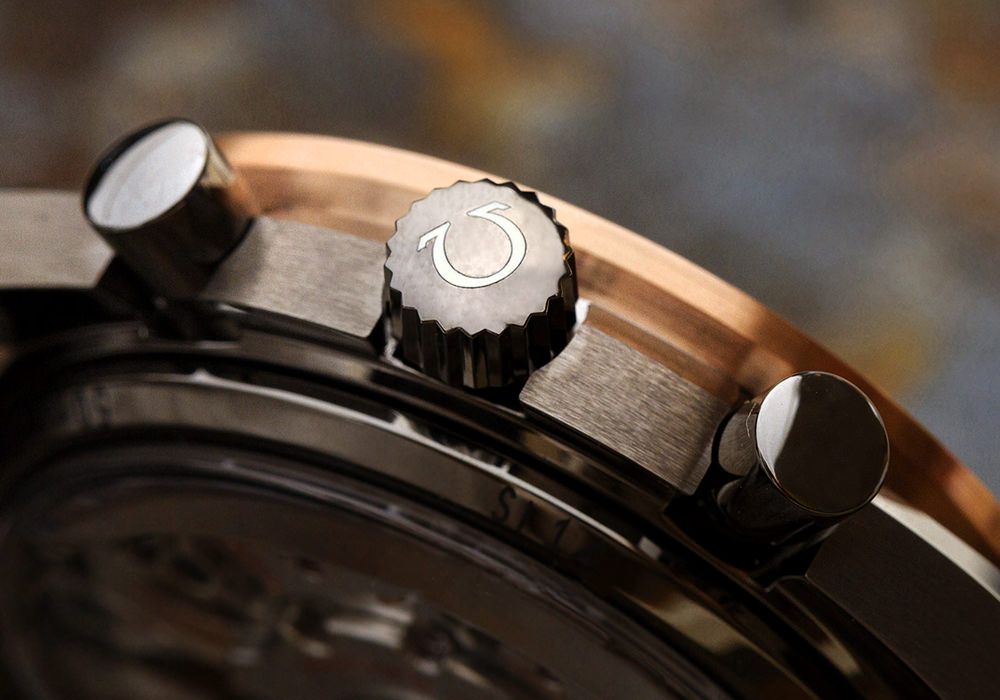FeatureCelebrating 60 years of the Omega Speedmaster and our Top 10 Speedmaster Watches
From being the world’s most popular chronograph to being the only watch approved for space flight, we take a trip down memory lane and celebrate 60 successful years of the Omega Speedmaster, and list our top 10 Speedmaster watches.
May We Recommend
I have met Edwin Buzz Aldrin a couple of times, once at Basel and once later at Capri. Fascinated by the moon landing in 1969 like many of my age would, Buzz is a real rockstar for me. And Omega couldn’t have had a better friend than Buzz to represent the Speedmaster, which not only encapsulates the romance and intrigue that the moon has to offer, it was a watch worn by Buzz and many fellow astronauts to the moon and outer space. It all started in 1957 when Omega decided to launch the first Speedmaster under its Professional series, originally meant for motorists and racing enthusiasts. It was the CK 2915 fitted with a tachymeter bezel placed outside the dial, for the very first time. With the famous Broad Arrow hour-hand, the Speedmaster was a bestseller immediately. The original movement used in Speedmasters was the robust Calibre 321.
Soon the new Alpha design hands replaced the old ones in the CK 2998 launched in 1959. This was also the first Speedmaster to travel to space during the Mercury-Atlas 8 (Sigma 7) mission, worn by astronaut Walter M. Schirra. Meanwhile, NASA was scouting for some technically robust wrist chronographs and on their request Omega’s North American agent, without even checking with the HQ in Switzerland, sent some Speedmaster watches to NASA, not knowing the exact use. Omega Speedmaster was the one which endured the toughest of trials among all competing brands and NASA declared the Omega Speedmaster as the officially-certified watch for its manned space program. It immediately became part of America’s first spacewalk during the Gemini 4 mission on June 3rd1965.

In order to offer added protection to the chronograph’s pushers and its crown, OMEGA altered the design of the watch case slightly, enlarging the right side, thus enhancing the protection. This was a landmark as the Speedmaster would be identified later on for this very asymmetric case.
With the growing popularity of the Speedmaster, OMEGA needed speed in commercial production and hence a new age movement, Calibre 861 was introduced in 1968. This new calibre and its succeeding versions power the Moonwatch even today. A year later, the second generation of Speedmaster models was introduced as was aptly titled Speedmaster Mark II. Very few Speedmaster watches with the original 321 movements are available in the market today and are considered ‘collector’s choice’. It was only after the introduction of the new calibre that the production of Speedmaster rose.
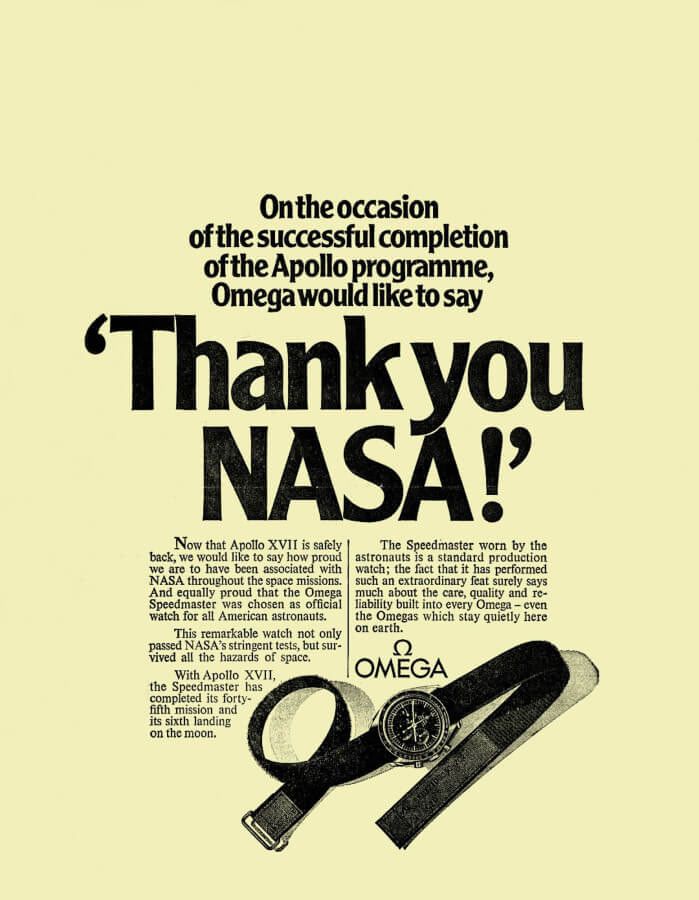
Then came the X-33 that derived its name from a secret NASA project involving a possible new version of a space shuttle vehicle developed in partnership with Lockheed Martin. The X-33 included multiple digital functions tailored for professional use during space missions. In 1998, the astronauts wearing the watch were seen during the launch of the X-33, televised live from on board the Mir station in Russia.
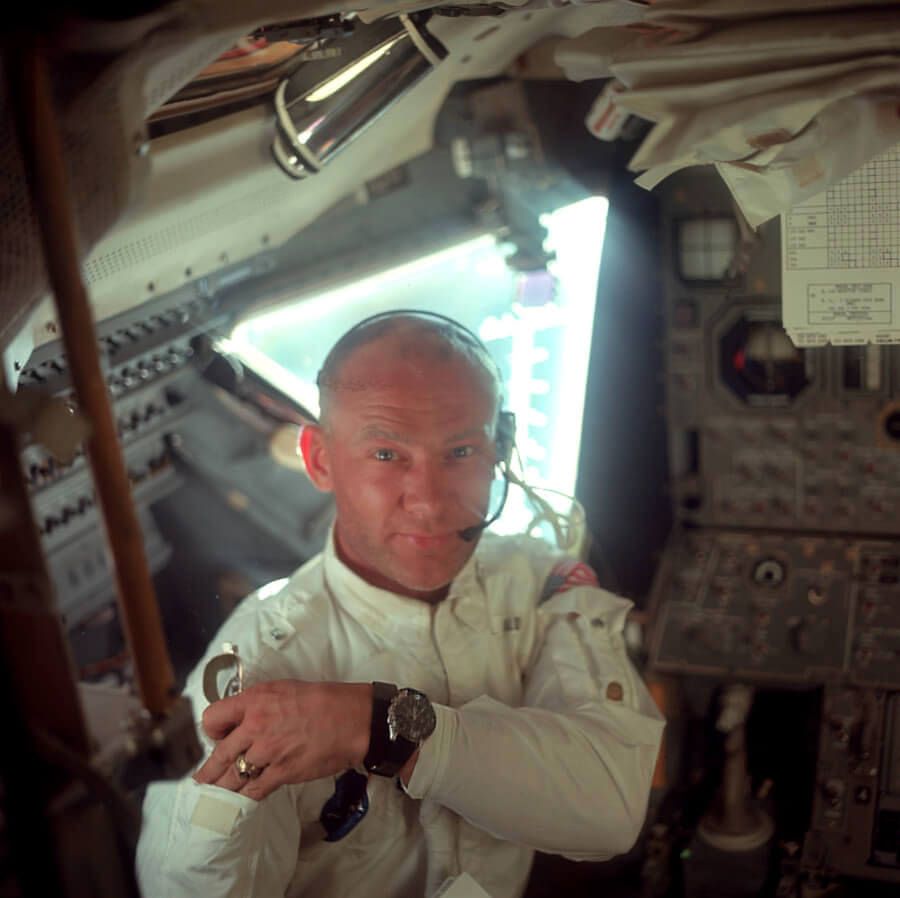
In the past few years, OMEGA has been launching Speedmasters with new generation in-house movements. The Speedmaster 57 OMEGA Co-Axial Chronograph came up in 2013 which revisited the original timepiece with the hallmark design of those straight lugs extending from the watch case and the bracelets, and was powered by Calibre 9300/9301 – the first exclusive in-house Co-Axial calibre with a chronograph function. OMEGA’s world famous Co-Axial technology offers outstanding reliability. Using silicon balance springs, these OMEGA timepieces come with a full four-year warranty. It’s a huge endorsement of the superior technology these Speedmaster watches use.
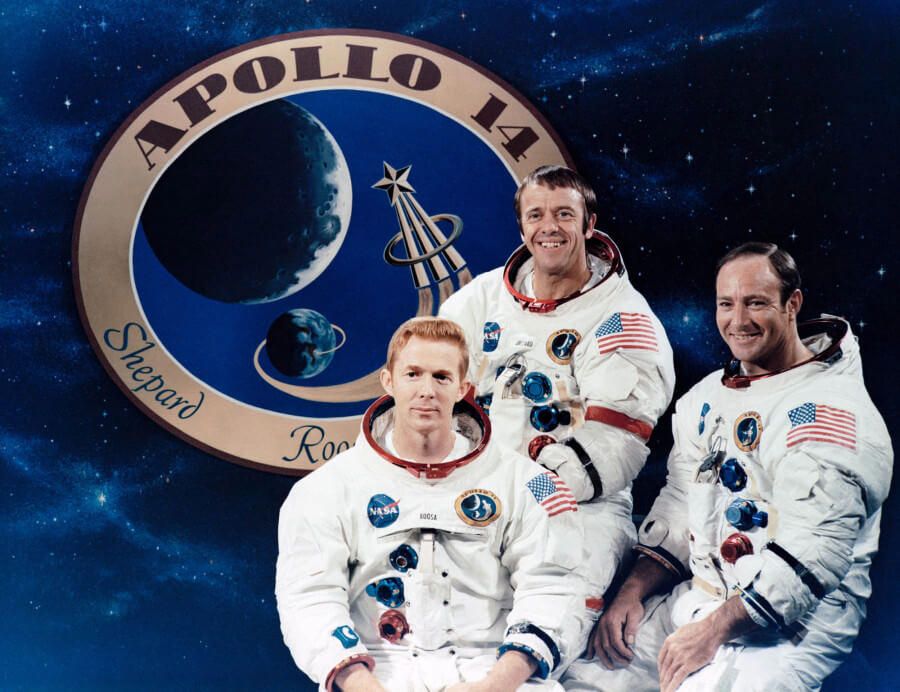
Of course, we can’t complete the journey of Speedmaster’s 60 years of legacy without the reference of the Dark Side of the Moon watches, which I guess are the most talked about within the current Speedmaster family. In 2013, OMEGA honoured the pioneering spirit of all the nine Apollo missions so far by launching the Speedmaster Dark Side of the Moon, a black ceramic version of the watch fitted with the Co-Axial calibre 9300/9301. Please note it’s the astronauts in the Apollo 8 mission who first saw the mystical dark side of the moon with their own eyes and the Moonwatch on their wrists has been a witness to that.
Omega Speedmasters are considered among of the most collectible timepieces in the world and arguably, few of the finest made chronographs of the watch industry. The Speedmaster is also one watch which sits on a regular office-goer’s wrist as comfortably as that of a watch connoisseur’s and will always feature in the top 10 watch lines of most collectors. Let’s take a look at the top 10 Omega Speedmasters you still have a chance to own:
10. Mark II Co-Axial Chronograph (327.10.43.50.06.001)
Steel on steel
The original Mark II stood for the second generation of Speedmasters launched in 1969, the year Neil Armstrong and Edwin “Buzz” Aldrin landed on the moon. The original Speedmaster Mark II featured the mechanical hand wound Omega 861 movement, while the new Mark II is powered by Omega’s 3330 Co-Axial automatic movement. The watch features a beautiful grey dial. The sapphire crystal is also a special one, being scratch resistant with applied anti-reflective treatment on both sides. The dial is a simple one with central hours, minutes and seconds hands. The small seconds sub-dial is at 9 o’clock, the 12-hour recorder at 6 o’clock and the 30-minute recorder at 3 o’clock. What is also special is the illumination of the tachymeter from beneath by a Super-LumiNova fluorescent orange ring, making it not only more readable but also distinctive.
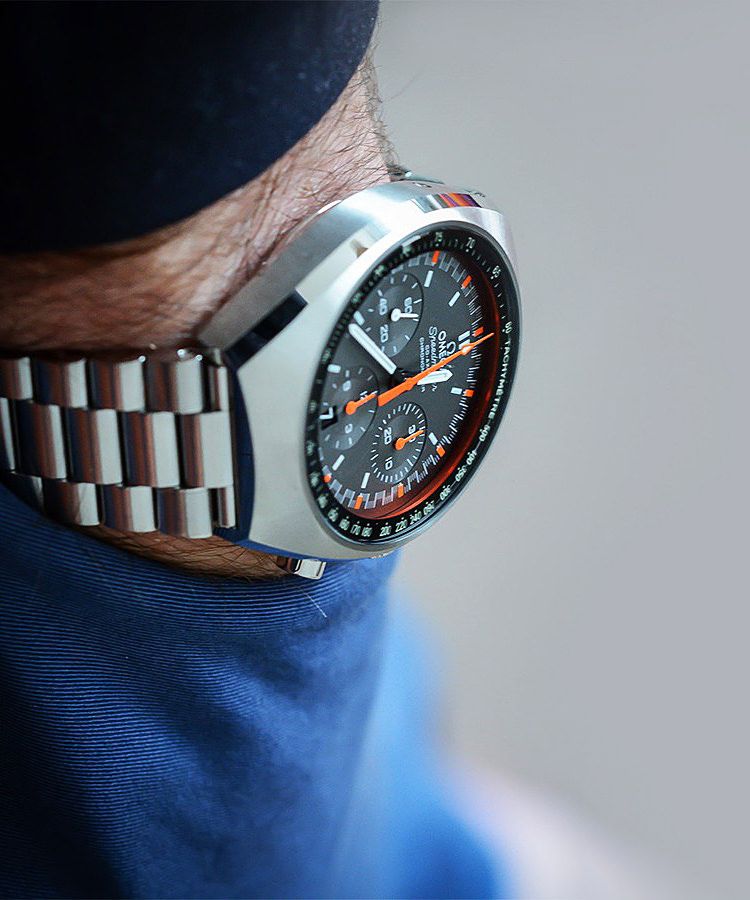
The stainless steel watch with a matching bracelet comes in a well balanced size of 42.40 mm. Omega uses co-axial movement, which works on the concept of three pallets that avoids friction of the traditional lever escapement; hence no lubrication of the pallets is needed. This is due to the separation of locking function from the impulse. On the other hand, the column wheel chronographs make the pusher action smoother. The use of advanced Si14 silicon balance springs further enhances the efficiency. The watch is officially chronometer-certified and allows a power reserve of 52 hours.
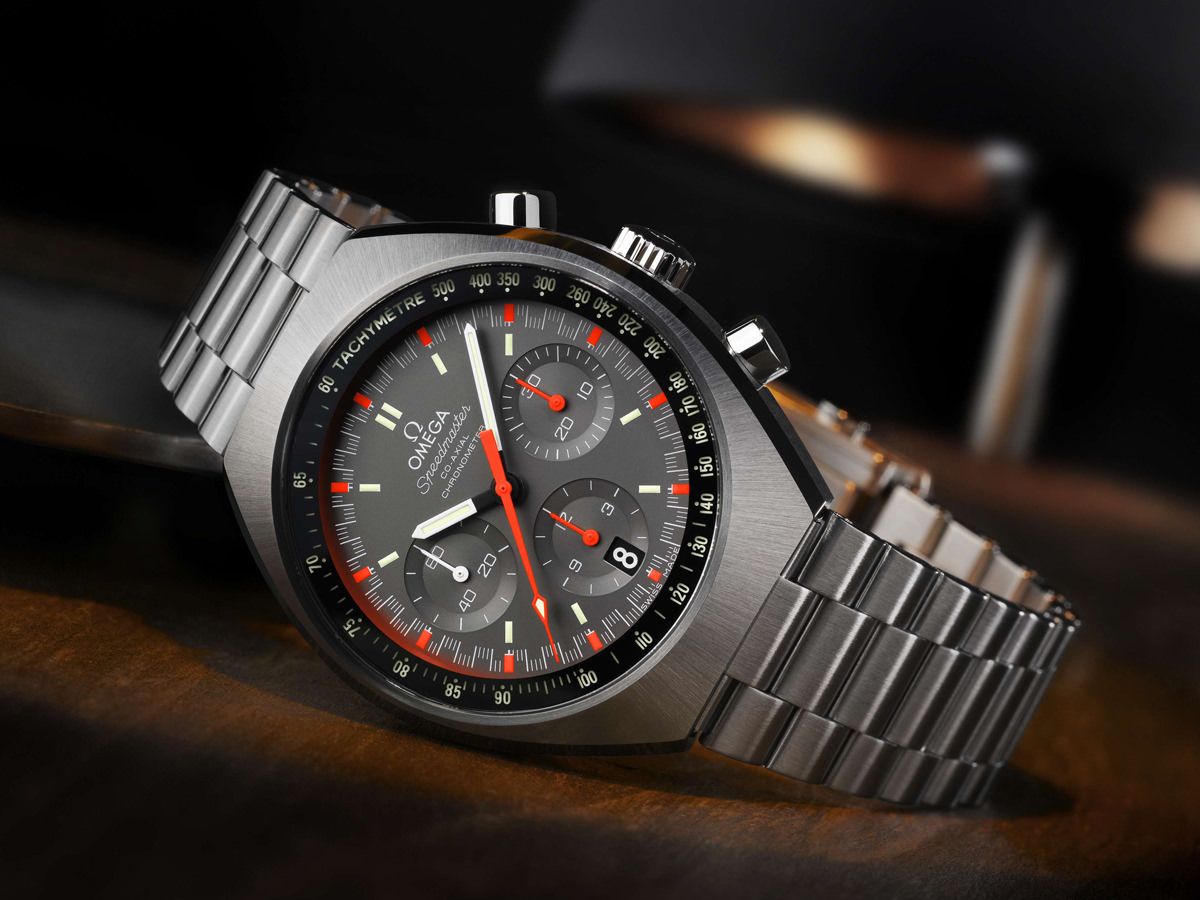
Article continues on the next page:
Loading ![]()


